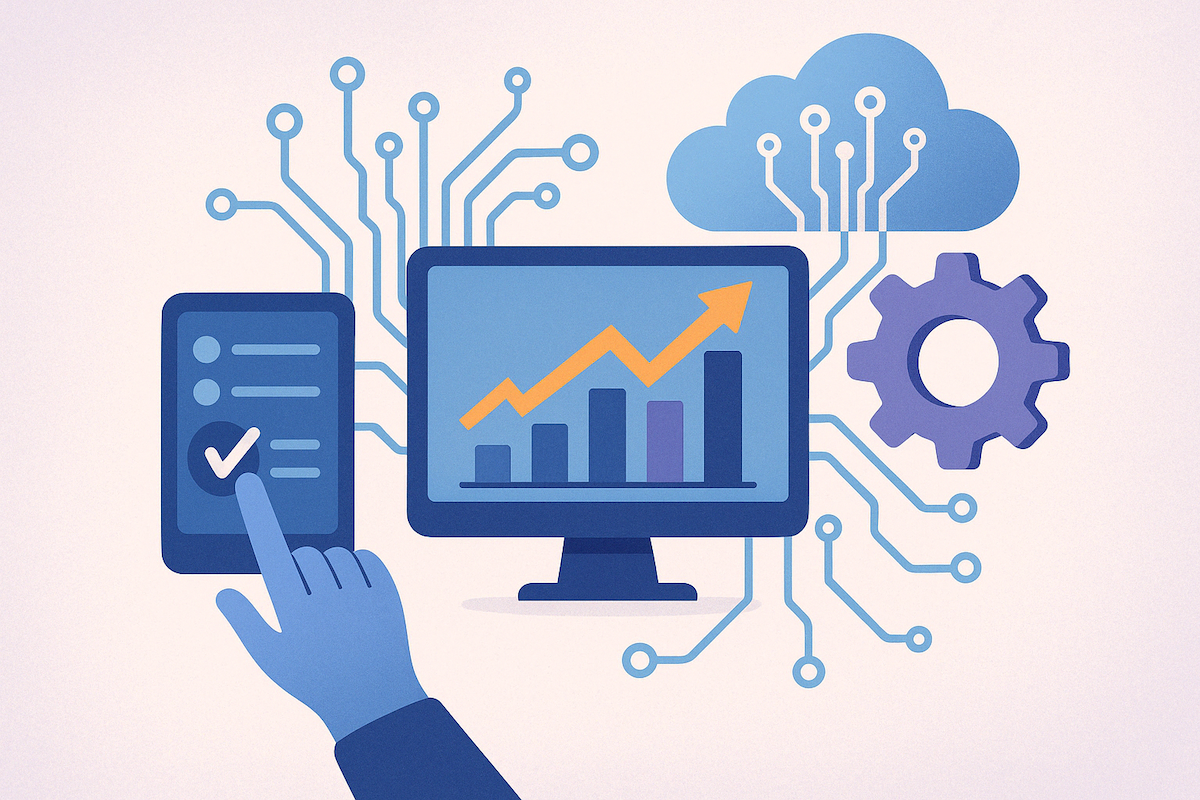
Digital transformation in accounting is often initially perceived through the lens of automation – implementing tools to handle repetitive tasks like data entry or basic reconciliations. While crucial, this foundational layer represents only the first step in a much broader strategic evolution. True transformation integrates technology deeply into the fabric of financial operations, unlocking enhanced insights, improving agility, and ultimately elevating the role of the accounting function within the enterprise. What does this journey look like beyond simply automating the status quo?
My research suggests a multi-stage progression:
- Foundational Automation: This stage focuses on digitizing manual processes. Think Optical Character Recognition (OCR) for invoice processing, Robotic Process Automation (RPA) for data transfers between systems, or automated bank reconciliations within an ERP like NetSuite or Workday Financials. The primary goal here is efficiency gains and error reduction in high-volume, rule-based tasks. Many organizations begin (and sometimes stall) here.
- Integrated Systems & Enhanced Reporting: Moving beyond task automation involves leveraging integrated platforms – often cloud ERPs – to create a unified data environment. This stage emphasizes breaking down data silos. Instead of relying on disparate spreadsheets, finance teams utilize built-in reporting tools or connect platforms like Power BI or Tableau directly to the ERP for real-time, interactive dashboards. This allows for faster analysis, improved data consistency, and more dynamic financial reporting.
- Predictive Insights & Strategic Partnership: The most advanced stage leverages the integrated data foundation and analytical tools for forward-looking activities. This might involve using AI/ML capabilities within planning tools (like Workday Adaptive Planning) for more accurate forecasting, employing advanced analytics to identify emerging risks or opportunities, or using data visualization to communicate complex financial scenarios strategically. At this stage, accounting transforms from a historical record-keeper to a proactive business partner.
Navigating this transformation requires more than just technology procurement. It demands a strategic vision, strong data governance principles, and significant change management effort. Implementing a new cloud ERP system (like Acumatica or migrating from Dynamics GP) is complex, requiring careful planning around data migration, process re-engineering, and user training. Without addressing the people and process aspects, technology investments often fail to deliver their full potential. Investing in employee upskilling to utilize new analytical tools is just as important as the tools themselves.
Furthermore, ensuring robust internal controls and security within these increasingly interconnected digital systems is paramount. Transformation introduces new risks that must be managed proactively through thoughtful system design and ongoing monitoring.
In essence, digital transformation in accounting is an ongoing journey, not a destination. It’s about continuously evaluating how technology can enhance not just efficiency, but also the strategic value the finance function provides. Moving beyond basic automation towards integrated systems and predictive analytics allows accounting professionals to spend less time on manual processes and more time delivering the insights that drive better business decisions.